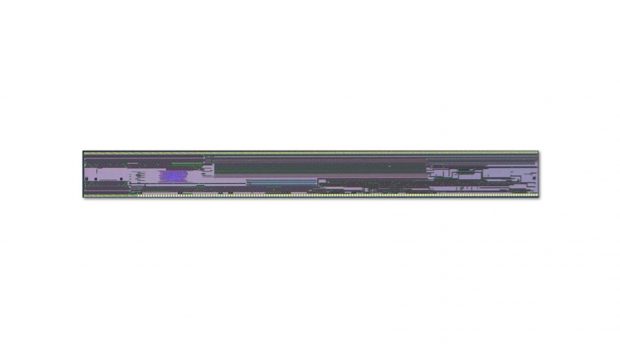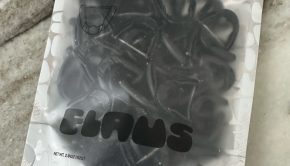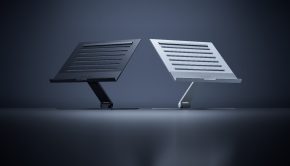Epson launches single-chip hybrid liquid crystal driver IC for digital instrumental cluster LCDs
Epson has developed and begun shipping its new S1D15K01, a hybrid liquid-crystal driver IC that is capable of simultaneously driving both a segment display and a dot-matrix display. This one-chip solution is designed for use in hybrid digital instrumental cluster LCDs. Epson plans to produce 100,000 of the new drivers per month.
The amount of information that needs to be shown on instrumental cluster displays is increasing as motorcycles gain additional features and functions.
On the other hand, the space available for displays is limited and information needs to be displayed efficiently. In the past, motorcycles were usually equipped with passive displays, which are relatively inexpensive in terms of system and development costs, but the need to efficiently display more information has led to an increase in the use of hybrid-type liquid crystal displays with an integrated segment display for a speed gauge and warning lights and a dot-matrix display for simple navigation.
However, conventional hybrid LCDs either used two types of driver ICs, one for the segment liquid crystal and the other for the dot matrix liquid crystal, or they used some of the drive pins of the IC for driving the dot matrix liquid crystal to drive the segment liquid crystal. This caused several issues, including display problems and contrast differences between the segment area and the dot matrix area, multiple lines in input interfaces, and higher module costs.
The S1D15K01 is a hybrid liquid crystal driver that can be directly connected to a microcontroller1 and can display image data transferred from the microcontroller on the hybrid display. In addition, the S1D15K01 helps to eliminate display problems, realise high-contrast, and reduce module costs, since the separate circuits for the segment display and the dot matrix display are integrated on a single chip.
This driver satisfies the strict quality requirements for automotive products. It is compliant with AEC-Q100 and operates at temperatures up to 105ºC.2
Epson seeks to advance the frontiers of industry and drive the circular economy by applying the efficient, compact, and precision technologies that it has developed over many years to solve challenges. These technologies, which save energy, enable smaller products, and increase accuracy and precision, enable Epson to contribute to the Sustainable Development Goals (SDGs), which will bring about a better and more sustainable future for all.







